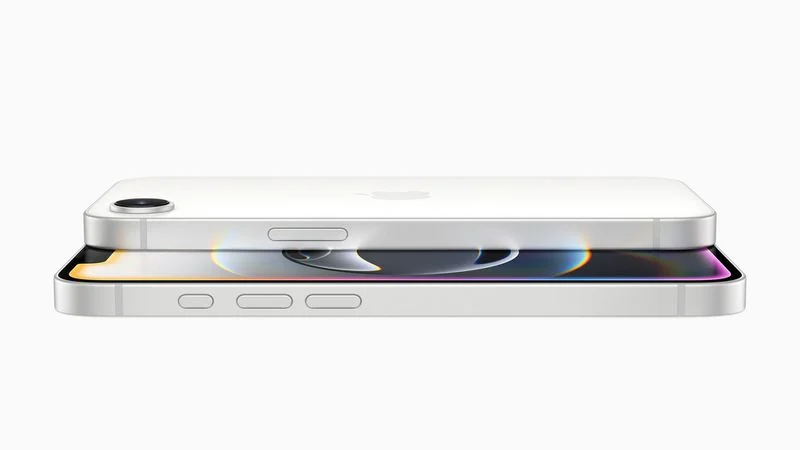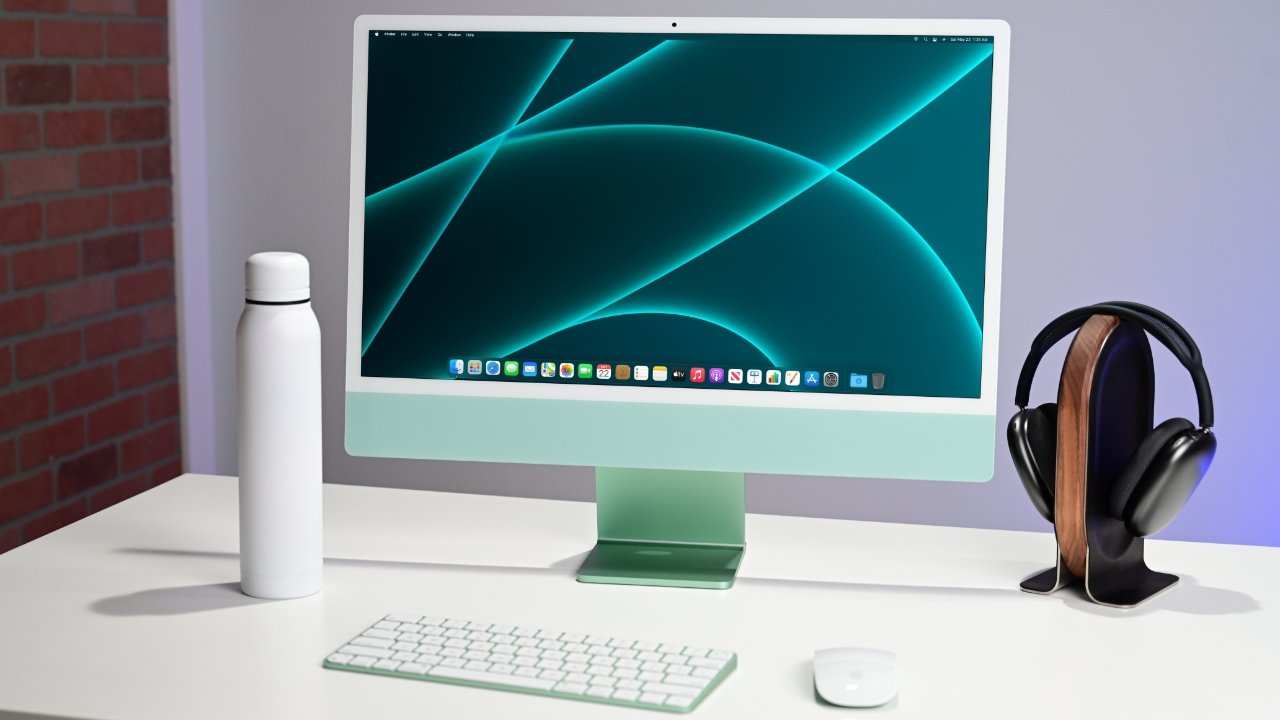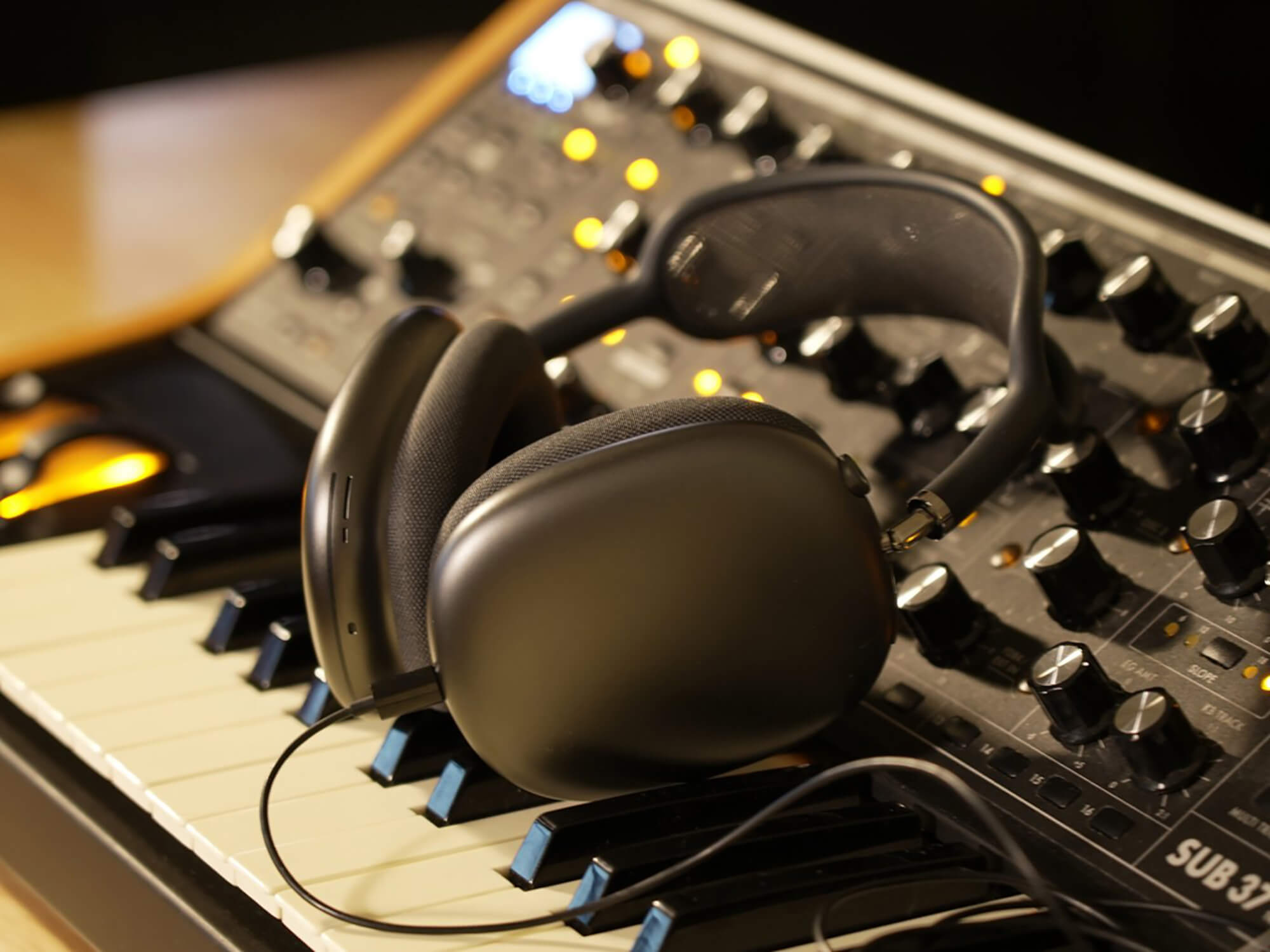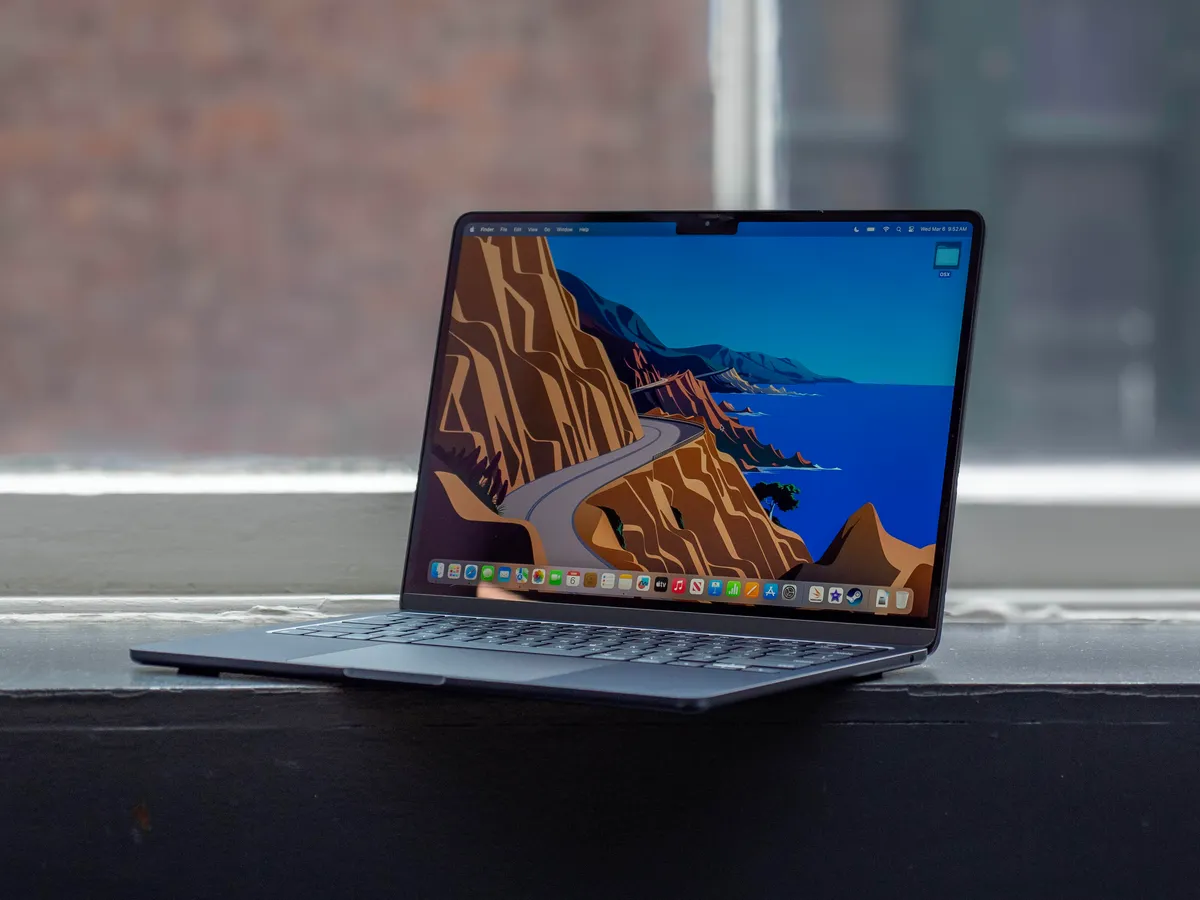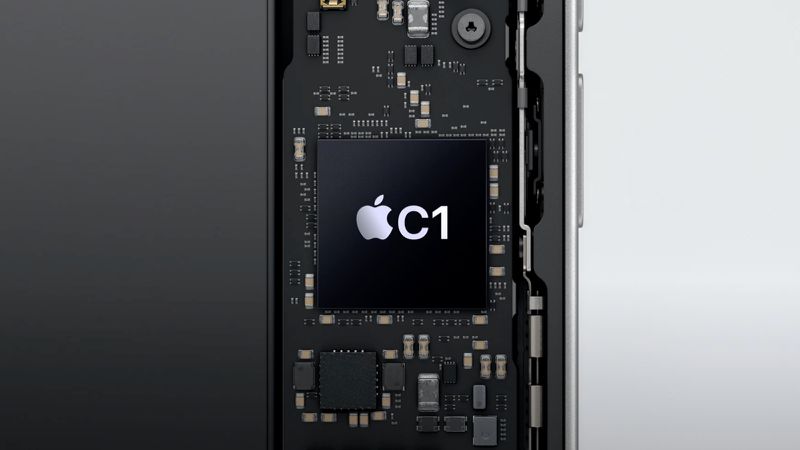Every new iPhone comes with its own special wallpaper, and the iPhone 16 has a neat little surprise baked into its design. At first glance, it’s not super clear when you look at just one phone. But when you check out three of them together on Apple’s comparison tool online, the secret pops right out.
Here’s the fun part: the wallpaper actually shows off how many camera lenses each iPhone 16 model has. John Gruber, a tech writer, pointed this out. He said Apple cleverly uses the default wallpapers to hint at the number of lenses on each phone. It’s a playful detail the company loves to sneak in every now and then. They’ve done similar things before, often called “easter eggs”—little surprises that show up in special moments. Think of stuff like typing “let it snow” in the Apple Store app for a snowy treat or Siri playing a silly true-or-false game on April Fools’ Day.
This time, though, the secret isn’t buried too deep—it’s right there if you know where to look. Speaking of cameras, Gruber also checked the thickness of the three iPhone 16 models. The iPhone 16e stands out because it doesn’t have a raised camera bump (what he calls a “mesa,” like a flat-topped hill). Not only is there no bump, but the whole camera area—from the lens to the screen—is thinner than the other models, even at their thickest spots.
This gives the iPhone 16e a clean, simple look on the back, which feels fresh. So, it’s a bit surprising that rumors suggest Apple won’t keep this style for the iPhone 17 Air. Instead, we might see a raised bar across the back. For now, though, the iPhone 16 wallpapers are a fun way to celebrate the cameras—and a cool nod to Apple’s love for little surprises.


